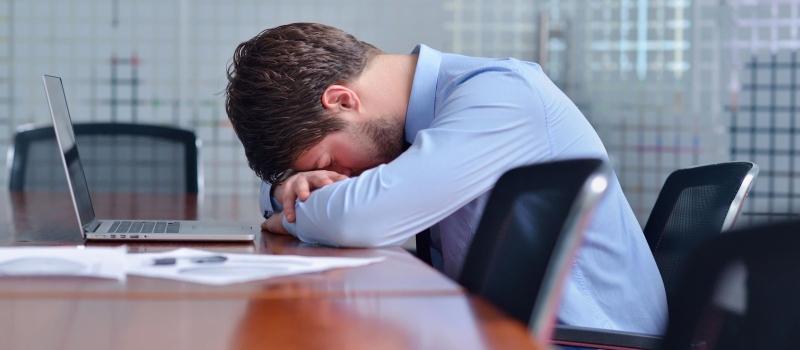Sick Building Syndrome
Tuesday, January 18, 2022 Jade Salzman

Sick Building Syndrome
Sick building syndrome (SBS) was coined in the 1970s. SBS is a broad term that covers a range of symptoms thought to be triggered by spending time in a particular building. These symptoms also have a wide range, from specific symptoms like itchy eyes, skin rashes, nasal allergy symptoms, to vague symptoms like fatigue, aches and pains, and sensitivity to odors. SBS is used when significant number of people in the same building experience symptoms associated with being in that building. A group of people usually experience the same symptoms when present in a building and absent when they are not in the building. SBS occurs mostly in office buildings but can also occur in other communal buildings such as schools and apartment buildings.
According to the US Environmental Protection Agency (EPA), SBS is strongly suspected when the following circumstances are present:
- Symptoms are temporally related to time spent in a particular building or part of a building
- Symptoms resolve when the individual is not in the building
- Symptoms recur seasonally (heating, cooling)
- Co-workers, peers have noted similar complaints
Although there is not any specific cause of SBS, the problem areas in most cases can usually be identified and remedial action taken. In many cases SBS is due to poor building design, maintenance, and/or operation of the structure’s ventilation system. SBS mostly occurs in open-plan offices.
The EPA also acknowledges the importance to know the difference between sick building syndrome and building related illness. Building related illness is used for situations in which signs and symptoms of diagnosable illness are identified and can be attributed directly to specific airborne building contaminants.
Some steps you can take if you start to experience SBS are:
- Open windows to improve ventilation, if possible
- Set the temperature to 64 degrees Fahrenheit (18 degrees Celsius). Make sure not to frequently change the temperature setting
- Try to reduce stress
- Take regular screen breaks if you use a computer
- Go outside for fresh air during lunch breaks and other breaks
If you think you have SBS:
- Talk to your manger or employer – if you’re at work
- Building manger or owner (ex. Landlord) – if you’re in another building
Sources:
Sick building syndrome - NHS (www.nhs.uk)
Sick Building Syndrome | Symptoms, Causes & Treatment (ei-resource.org)




